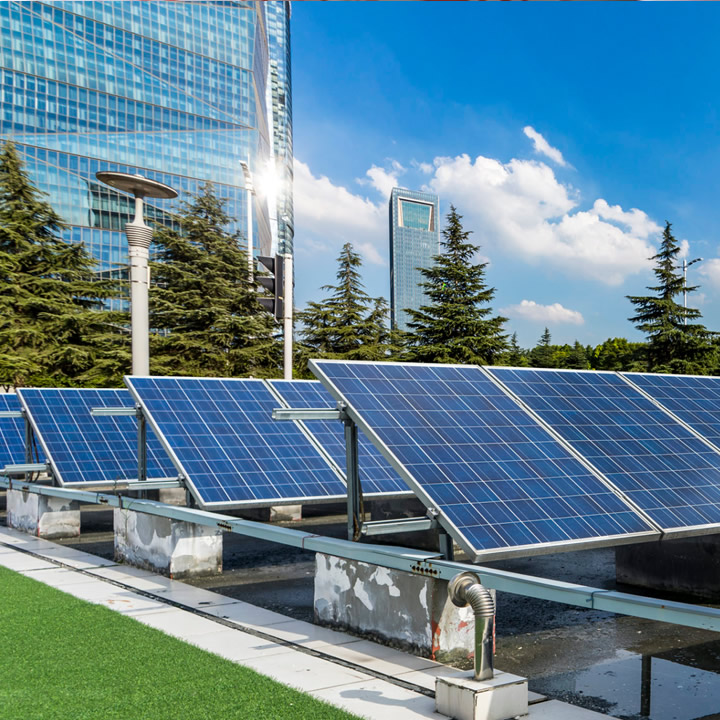When installing your new solar power system, the location of each piece of equipment can be extremely important. For example, your panels need to be placed on a portion of your roof that will get as much sunlight as possible throughout the day.
For your other equipment, the exact placement can be somewhat more flexible. However, there are still a few things you should look for when finding the right place to install them. Here are some things to look for when installing your inverter.
Accessibility
While you will rarely need to access your solar panels (which is a good thing, since they need to be on the roof), you will likely need to access your inverter a lot more often. This means that you should ensure it’s installed in an accessible location.
Of course, the term “accessibility” is somewhat flexible. If you find it simple to pull out the ladder and climb up to your inverter when you want to check its display or clean its air vents, then you could install it somewhere higher up.
Generally speaking, however, it’s usually best to install it somewhere that’s between head and chest height so that you can quickly and easily check the display for error messages, use its monitoring capabilities, clean the device, and so on.
Cleanliness
Speaking of cleaning your inverter, just how frequently you have to do that will depend heavily on just how clean the area is in which you install it.
An area that’s dusty and dirty will clog up the vents of your inverter a lot more frequently than if you install it in a clean area with very little dust in the air.
Avoid installing your inverter in dusty attics or basements that get infrequent use, or in places like wood shops, where additional debris like sawdust is regularly created.
It’s usually best to install an inverter in a garage or utility closet with good airflow that’s easy to check in on every now and then.
Still, make sure to dust it off every now and then.
Air Flow
In order to keep the internal mechanisms cool, functional, and efficient, your inverter needs proper airflow.
This means that you need to have a bit of space around the front and sides of the inverter (a minimum of 10 centimeters, to be exact). Without the right airflow, your inverter will be more likely to overheat, which causes faster wear and tear on your device.
If you follow these tips, you can find the perfect installation location for your Schneider inverter.

